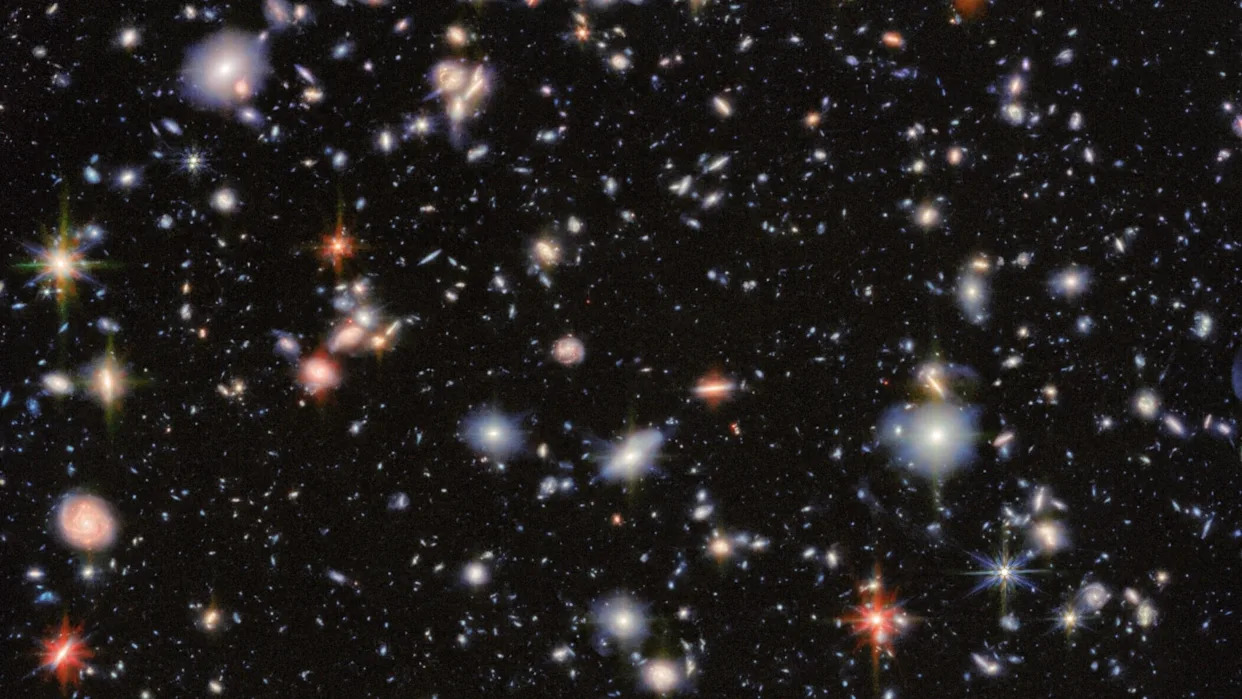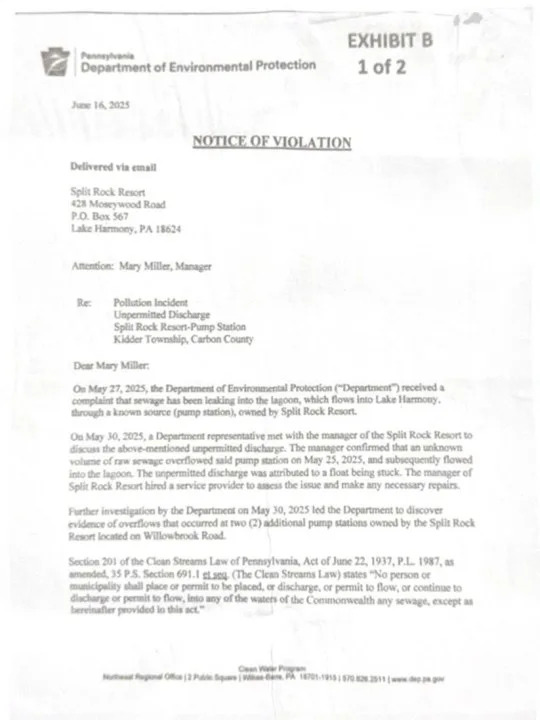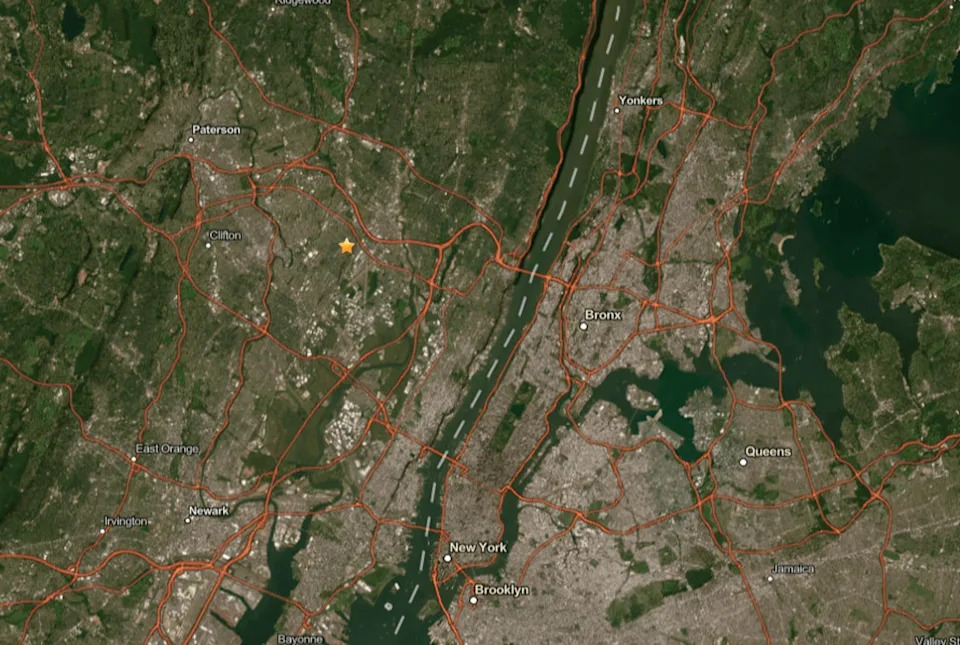
A James Webb Space Telescope study is setting the record straight on the ages of some known ancient galaxies, which have turned out to be much older and farther away in space than previously thought.
Webb, a joint observatory of NASA and its European and Canadian counterparts, took a fresh look at a piece of the sky made famous by the Hubble Space Telescope's ultra-deep field view more than 20 years ago. At that time, Hubble's long-exposure image was extremely ambitious: Scientists pointed the telescope at a seemingly starless area, unsure what photons they'd collect.
In the end, that ultra-deep field image was "found to be anything but blank," Webb researchers said, "containing thousands of distant galaxies."
Now with Webb, this patch of sky is revealing more about the universe — even shuffling the cosmic timeline. Known as the MIRI Deep Imaging Survey, the project involved the Webb telescope's mid-infrared instrument, which detects light wavelengths invisible to the naked eye. The new findings from the survey are published in the journal Astronomy & Astrophysics.
With Webb, astronomers are able to observe the faint infrared glow from ancient stars and the structures they formed. The telescope trained on the Hubble Ultra Deep Field area for 100 hours, according to the research, including 41 hours with one particular filter. The resulting image picked up dim signals from galaxies when the universe was barely a few hundred million years old — a mere whippersnapper.
To understand a deep field space image, think of it as you would a core sample taken from the ground, collecting older rocks and soil the farther down you go: The image is a tiny-but-distant slice of space, revealing cosmic history by cutting across billions of light-years, each deeper layer revealing an earlier time.
"To our knowledge, this constitutes the longest single-filter exposure obtained with (Webb) of an extragalactic field as of yet," the authors wrote.
The project, dubbed MIDIS for short, found nearly 2,500 light sources, most of them distant galaxies. About 1,000 now have revised distance estimates, based on how their light has shifted.
Webb was built to observe an early period known as "cosmic dawn," between 100 million to 1 billion years after the Big Bang, detecting light at invisible infrared wavelengths. In short, light gets stretched — or "redshifted" — over time and distance by the expansion of the universe. Those infrared waves can also pierce through the prevalent gas and dust in space that could otherwise obscure far and naturally weaker light sources.
In one case, the project found that a galaxy previously believed to be 11.8 billion years old was closer to 13.3 billion — pushing its origins back to when the universe was perhaps just 450 million years old. That puts the galaxy squarely in the first wave of galaxies formed.
Other objects in the MIDIS image reveal a different story: hundreds of red galaxies, some of which got their color because they’re dusty or contain mature, cooler stars. Either way, the results show Webb's MIRI instrument can be a powerful tool for uncovering missed or misidentified ancient galaxies. Not even NASA's Spitzer, a now-retired infrared space telescope, saw with this level of clarity.
That bodes well for researchers looking into how the universe evolved from birthing the first galaxies to a time when star and supermassive black hole formation seemed to peak.
"MIDIS surpasses preflight expectations," the authors wrote. "Deep MIRI imaging has great potential to characterise the galaxy population from cosmic noon to dawn."







Comments